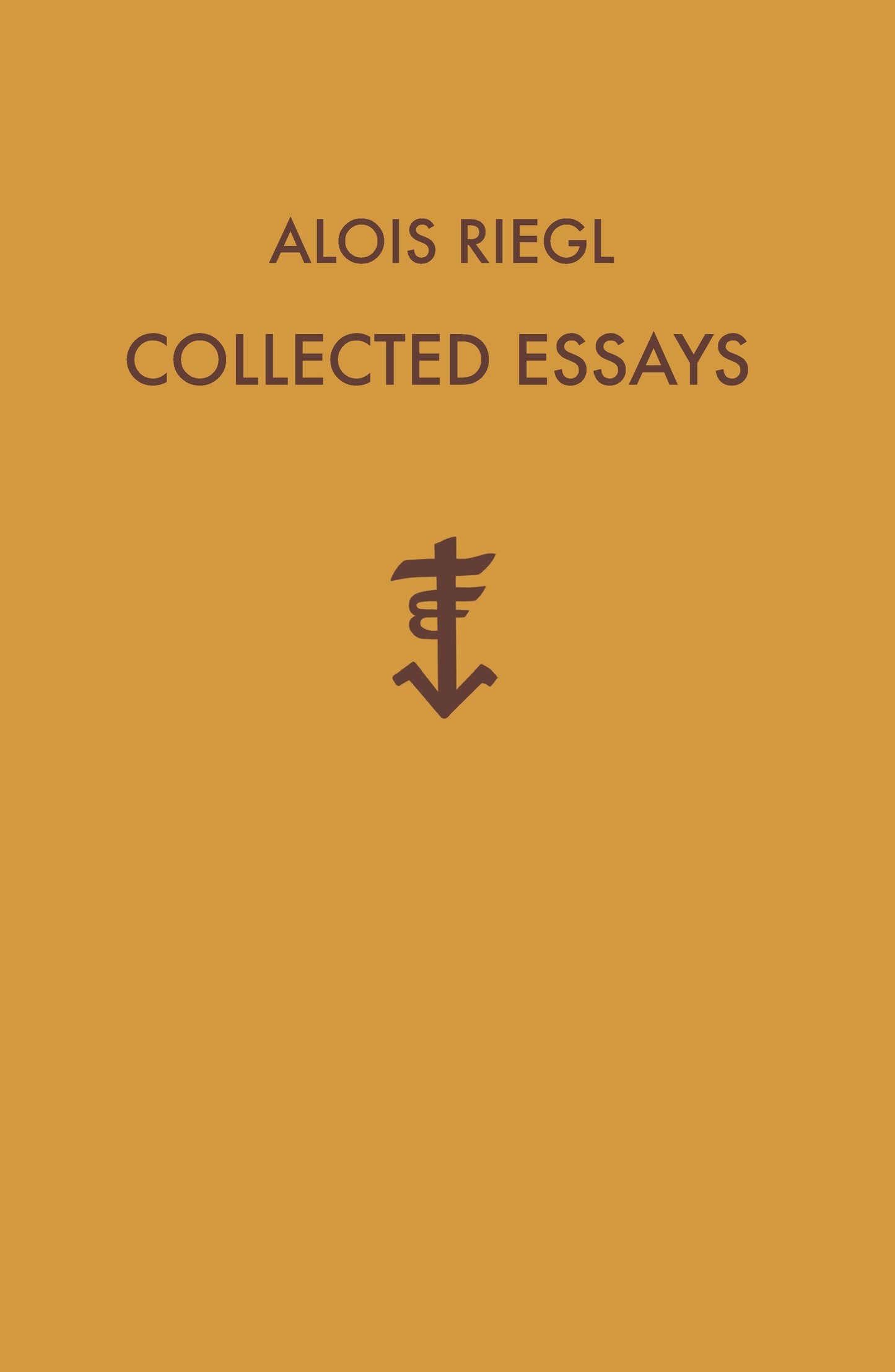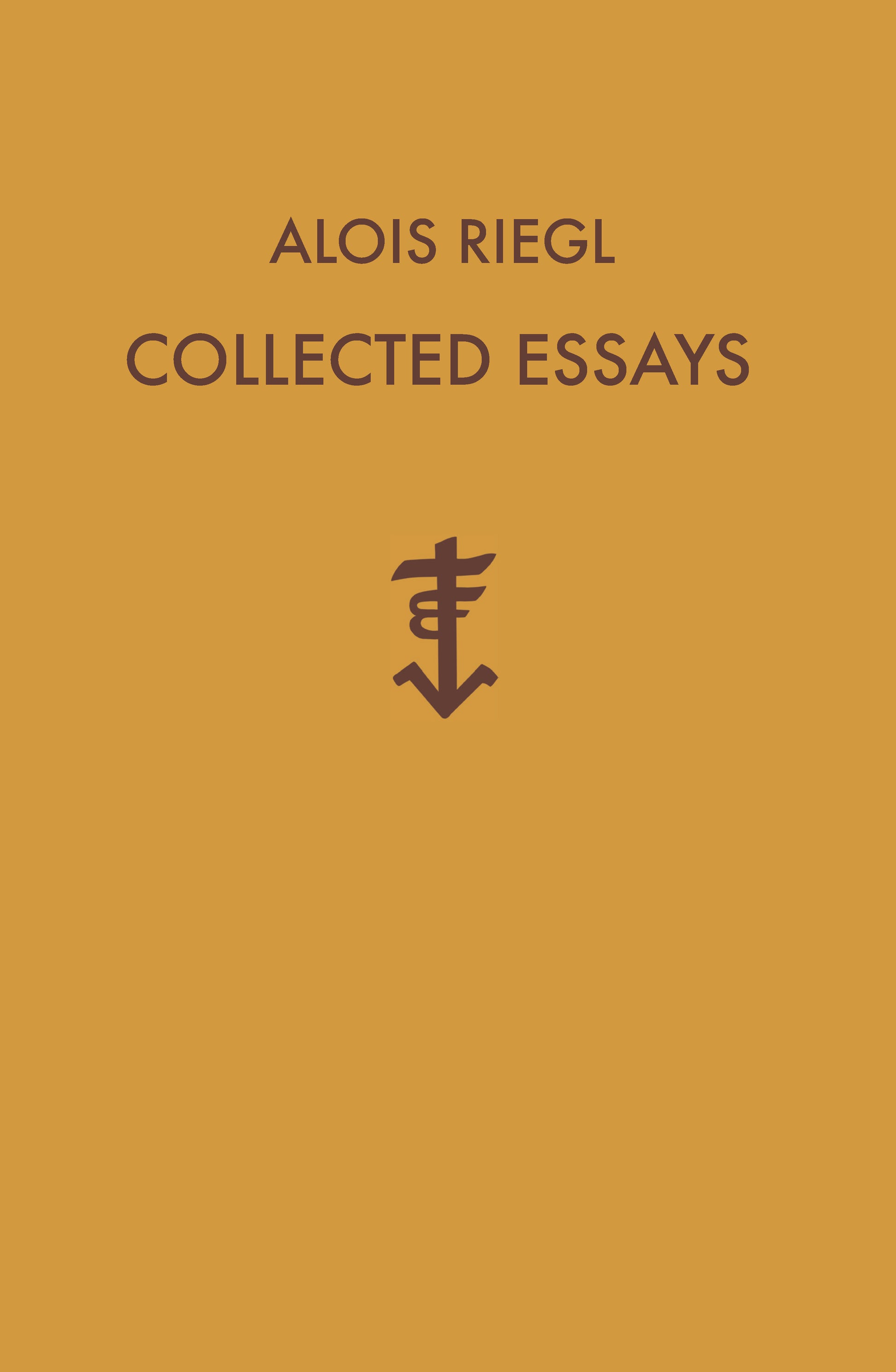Ariadne Press
Collected Essays By Alois Riegl, Translated by Karl Johns
Collected Essays By Alois Riegl, Translated by Karl Johns
Couldn't load pickup availability
Alois Riegl (1856-1905) was the highly original early art historian credited with refuting 19th century determinist philosophies. The present collection was originally published in 1929 as a survey of his career and intellectual development, at a time when his thoughts were being rediscovered in a new context contributing to structural analysis. He believed that the artistic volition (“Kunstwollen”), a free choice on the part of individuals, regions and nations, could be analyzed closely to reveal nearly everything about the time and place of anonymous and other artifacts. Due to his often difficult language, this has frequently been misinterpreted as nationalism or racism, but the lecture about the art made in Salzburg should offer a corrective, since the contributing artists came from numerous nations and cultures. The list of his publications has never been compiled as completely as in the present volume. After the Hans Sedlmayr introduction, “The Quintessence of Riegl’s Teachings,” the table of contents consists of: The History of Art and Universal History, Furniture and Interior Decoration of the Empire Style, Mood as the Subject of Modern Art, A New History of Art-On Cornelius Gurlitt Geschichte der Kunst, Works of Nature and Works of Art, The Place of the Vaphio Cups in the History of Art, The Origin of the Early Christian Basilica, The Situation of Salzburg in the History of Art, Jacob van Ruisdael, The Modern Cult of Monuments-Its Character and Origins, Lovers of Art Ancient and Modern.
In 1883 Riegl wrote his dissertation on the Romanesque Church of St. Jacob, Regensburg (manuscript lost). He joined the staff of the Austrian Museum of Decorative Arts and began writing his Habilitation, Die Mittelalterliche Kalenderillustration, in 1889, which examined the Hellenistic tradition in medieval calendar manuscripts. In 1886 he began curatorial training in the Austrian Museum of Art and Industry, succeeding another Thausing student, Franz Wickhoff, in 1887 working for the next ten years as curator of textiles at the Austrian museum. Riegl's first two books, Altorientalische Teppiche and Stilfragen: Grundlegungen zu einer Geschichte der Ornamentik, 1891 and 1893 respectively, follow from his work in the museum. Even in these first books, his interest in theory as well as an interdisciplinary view of art history was evident. Stilfragen gained Riegl an extraordinarius position at the University of Vienna in 1894. He continued his interest in common art objects-what were then considered minor arts-in his next book, Volkskunst, Hausfleiss und Hausindustrie, 1894, which employed economic theory in constructing their history. In 1894 and 1895 he began lecturing on baroque art, a period still largely viewed as decadent, ushering in (together with the work of Cornelius Gurlitt) a new evaluation of the stylistic period. At Vienna, he and Wickhoff formed what came to be known as the (first) Vienna school of art historical method. For more, see The Dictionary of Art Historians, arthistorians.info.
Share


